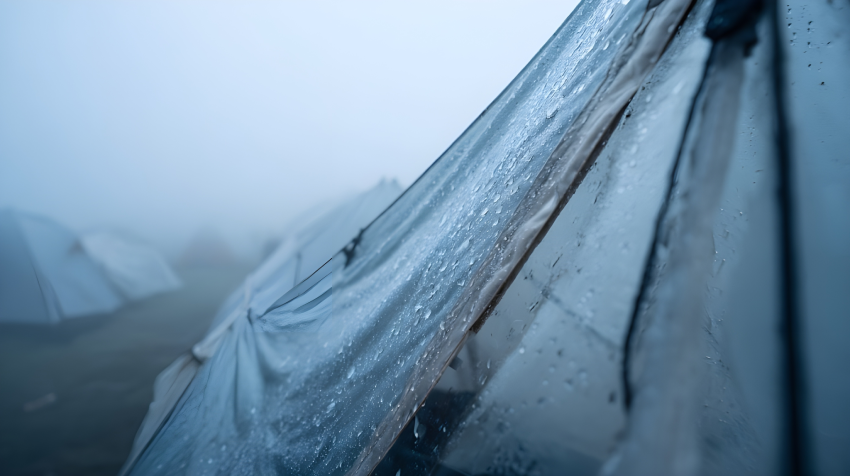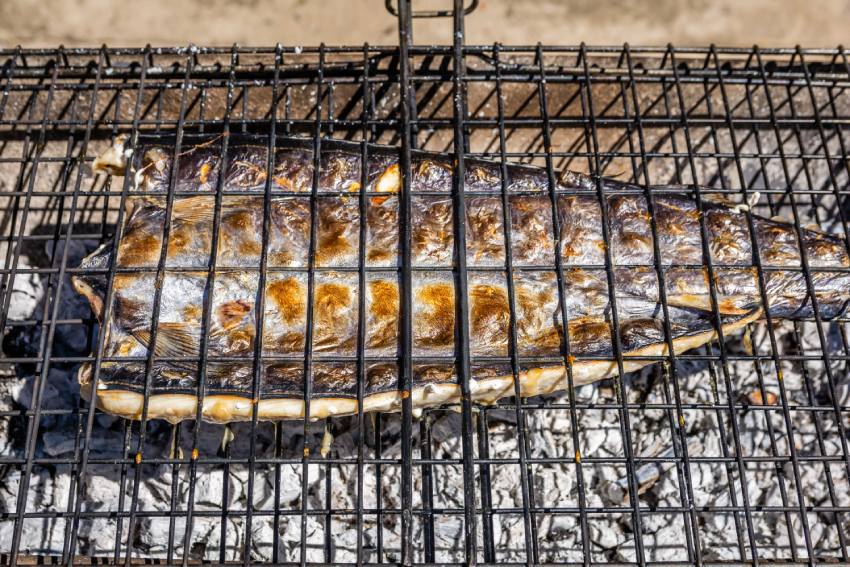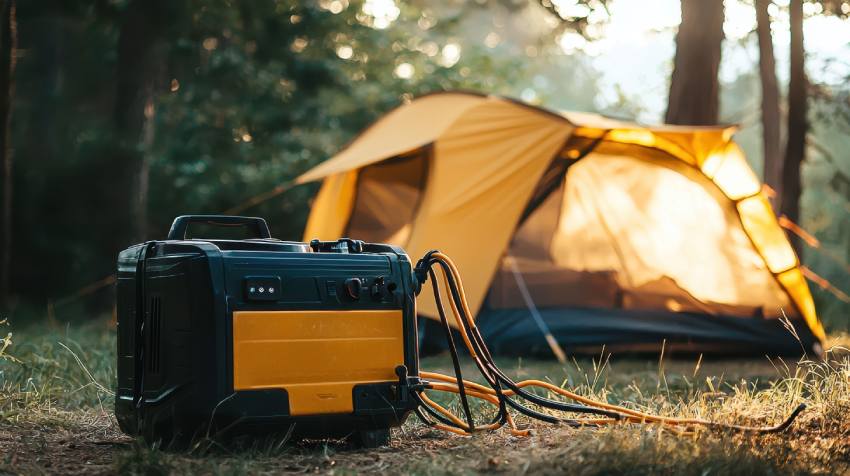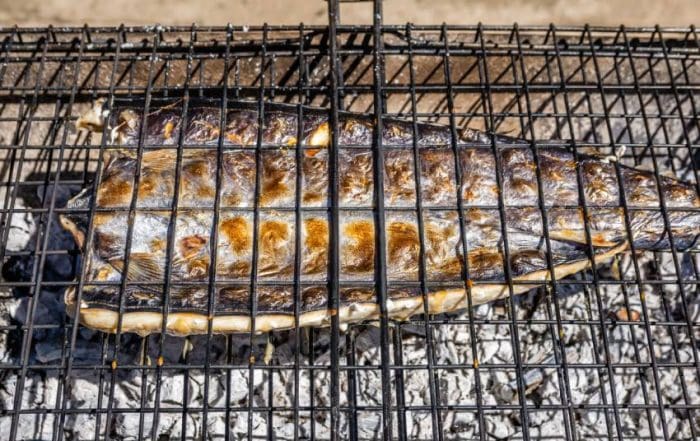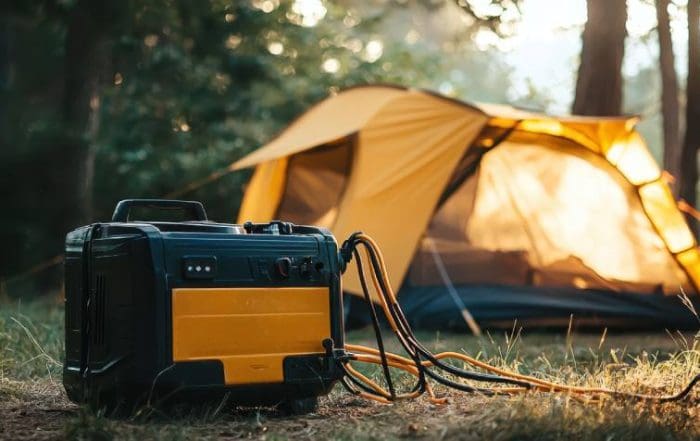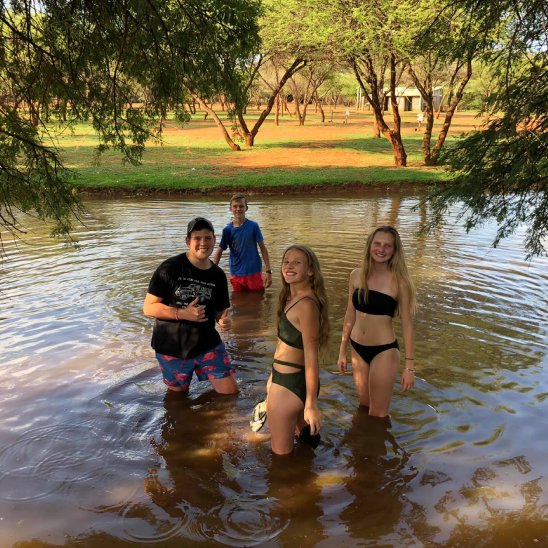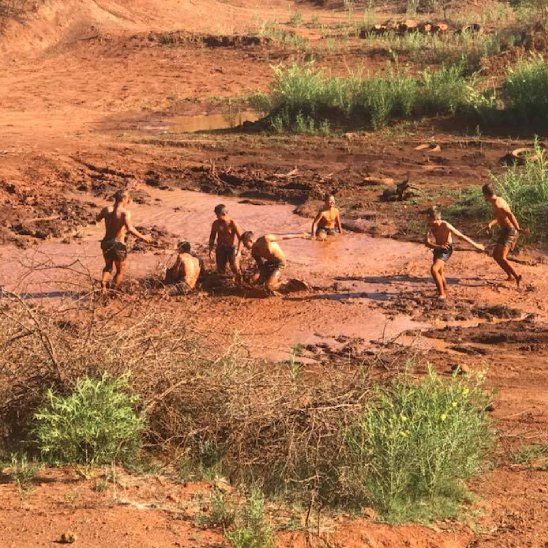Ever woken up in your tent to find damp walls and dripping water? There’s nothing quite as miserable as that cold drip down your neck at 3 AM. Canvas tent condensation can transform what should be a pleasant wilderness experience into a clammy, uncomfortable ordeal. Especially when you’re trying to enjoy the stunning surroundings at Mbizi Game Lodge & Spa. In this guide, we’ll break down what causes tent condensation, how to prevent it, and whether condensation preventing tents work.
How Tent Condensation is Created
Here’s what’s happening when you battle morning moisture in your canvas tent: that frustrating condensation forms when warm, humid air from inside your tent, created by your breathing, sweat, and damp gear, collides with the cooler canvas walls. Unlike synthetic tents, canvas’s natural breathability works differently, often trapping more moisture against the interior surface. Just by existing in your tent overnight, each person exhales about a litre of water vapour, while damp hiking boots or rain jackets you’ve brought inside add even more humidity to the air. When temperatures plummet after sunset, all that invisible moisture suddenly becomes visible as droplets on your tent walls and ceiling. By understanding these three key culprits, body moisture, wet gear, and temperature swings. you’re already halfway to solving your condensation problems before they leave you waking up in a personal rainforest.
Ways to Keep Condensation Out of Your Tent
While you can’t stop condensation completely, these tricks will help keep condensation out of your tent:
- Ventilate properly – Keep vents and windows open, even slightly, in cold weather.
- Avoid cooking inside – Steam from food and drinks adds moisture fast.
- Use a groundsheet – Stops dampness rising from the soil.
- Wipe down walls – A microfiber cloth absorbs moisture before it drips.
Position your tent to take advantage of the prevailing wind direction, and you’ll wake up to significantly less moisture buildup. It’s these little details that make camping comfortable.
Are There Condensation Preventing Tents?
No tent can entirely eliminate condensation, but some clever designs come close. The best condensation prevention tents use smart engineering to minimise moisture buildup. Look for double-walled designs with mesh inner layers that create an air gap, allowing proper airflow between you and the outer canvas. Quality tents also feature strategic ventilation systems. Think roof vents, adjustable side panels, and even built-in airflow channels that let humid air escape. High-tech canvas blends that are waterproof yet breathable, using moisture-wicking properties to reduce interior dampness. While these features won’t make condensation disappear entirely, they can improve your camping comfort. If you’re a frequent camper in damp conditions, investing in one of these well-designed tents might just be the difference between waking up dry and waking up wondering if it rained inside your tent.
Tips for Managing Tent Condensation
Even with all the right gear and precautions, you’ll likely still encounter some condensation in your tent. The key is knowing how to manage it effectively. Always pack a microfibre towel or sponge to mop up any water droplets before they become a problem. Make it a morning ritual to air out your tent completely. Spread it open during breakfast to let the sun and breeze work their drying magic. When setting up your sleeping area, create space between your bedding and the tent walls. This simple trick prevents that unpleasant middle-of-the-night surprise when you roll over onto a damp canvas.
Now that you know how to fight canvas tent condensation, you can enjoy camping without waking up in a damp tent. Are you ready for a hassle-free camping experience? Contact us to book your stay at Mbizi Game Lodge & Spa, where camping meets comfort. Our caravan park offers the perfect blend of camping and modern comfort. With these tips, you’ll master canvas tent condensation and sleep soundly on every trip!


